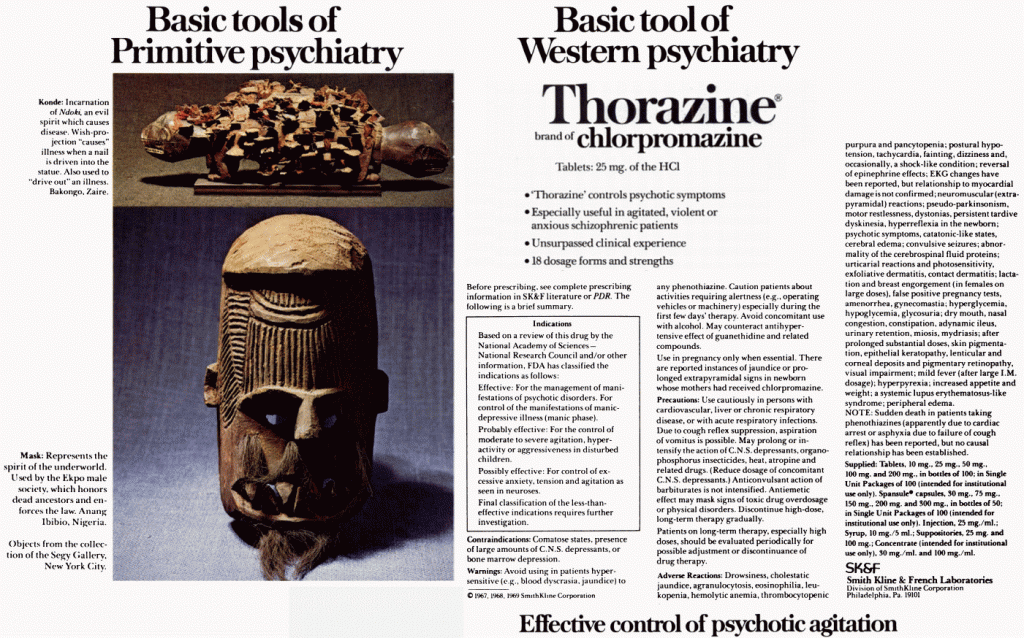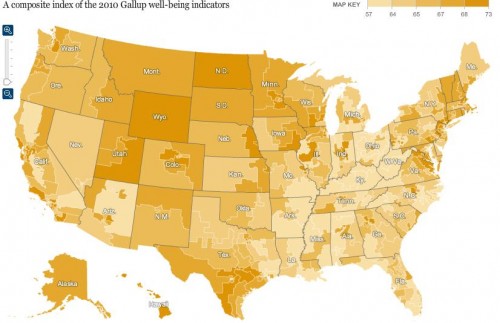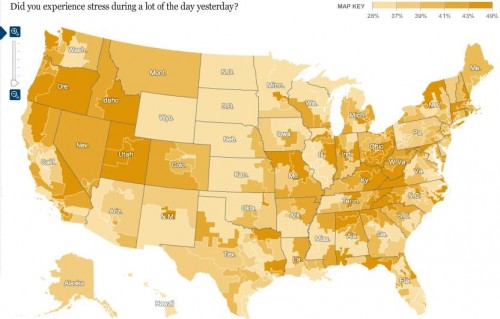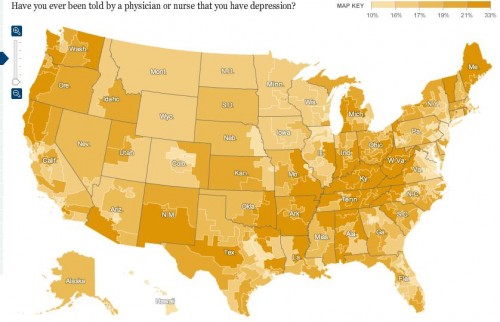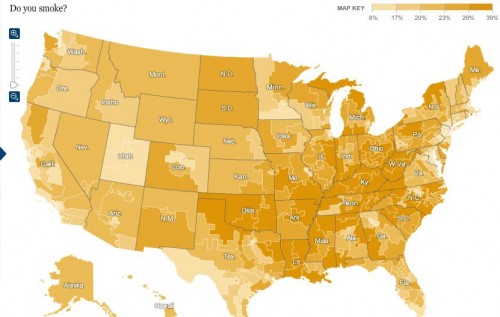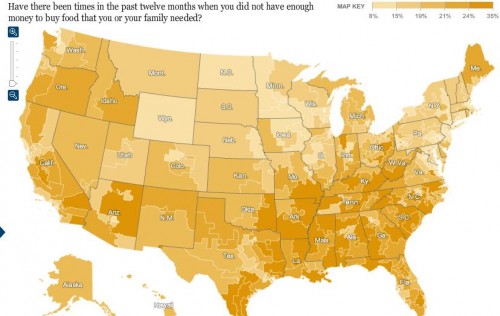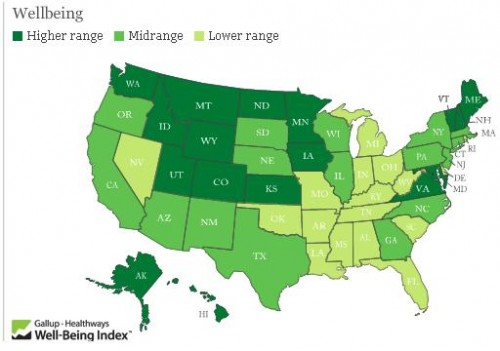In the contemporary Western world, naked and near-naked bodies are revealed everywhere. But most of the bodies we see are those of models and actors, carefully cultivated, chosen, and digitally altered to look a particular way. Except, artist Clarity Haynes notes, the “before” pictures in advertisements for diet plans and cosmetic surgeries. She writes:
“Before” pictures pop up constantly on our computers and in magazines, as part of the daily landscape of imagery. These “before” pictures, meant to shock and scare, show bodies that are presented as needing urgent correction and control, through weight loss or plastic surgery.
In an effort to reclaim these “before” bodies, Haynes has lovingly painted a range of female bodies. The Breast Portrait Project, she continues:
…is about finding dignity and beauty in the physical characteristics of the body that our popular culture often ridicules and heaps with shame, and in the process allowing the models who participate to feel pride in their particular selves — and by extension, the viewers of the work as well, regardless of their gender.
Visit Hayne’s gallery. And, for more normalizing of normal bodies, see these selections of breasts, bellies, and vulvas.
Lisa Wade, PhD is an Associate Professor at Tulane University. She is the author of American Hookup, a book about college sexual culture; a textbook about gender; and a forthcoming introductory text: Terrible Magnificent Sociology. You can follow her on Twitter and Instagram.






